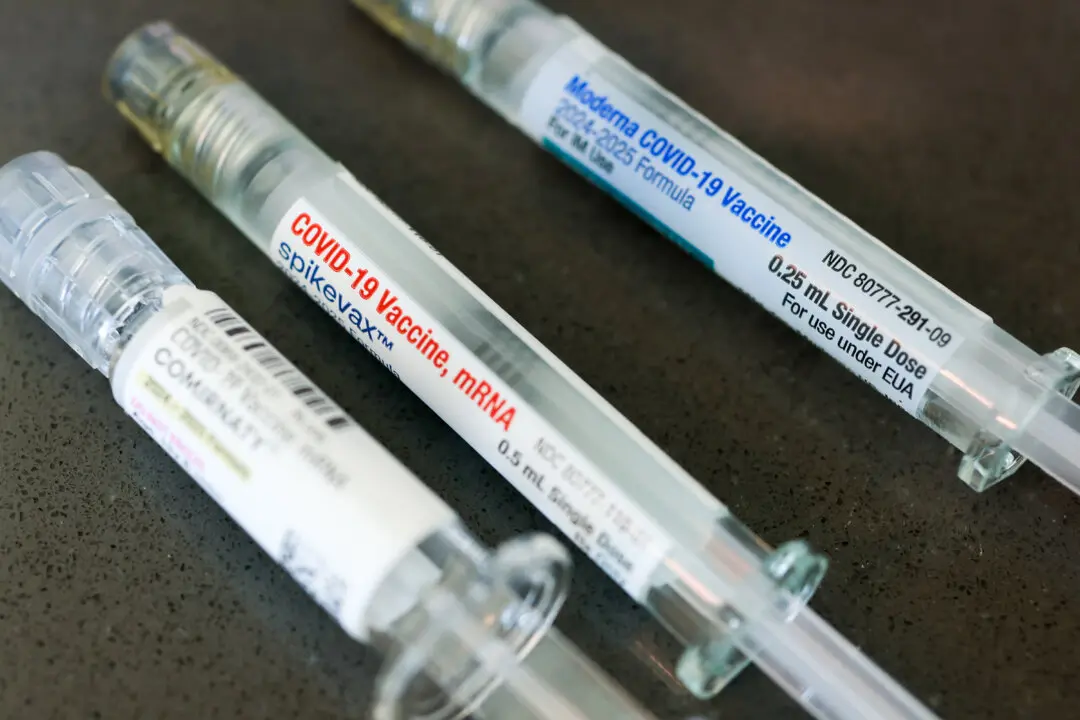Once again, the debate of talcum powder and health problems are back in media discussion as the pharmaceutical giant Johnson&Johnson (J&J) announced a global discontinuation of their talc-based baby powder products from 2023.
J&J announced on Aug. 11, 2022 that they will replace talc with cornstarch in their household baby powder.






